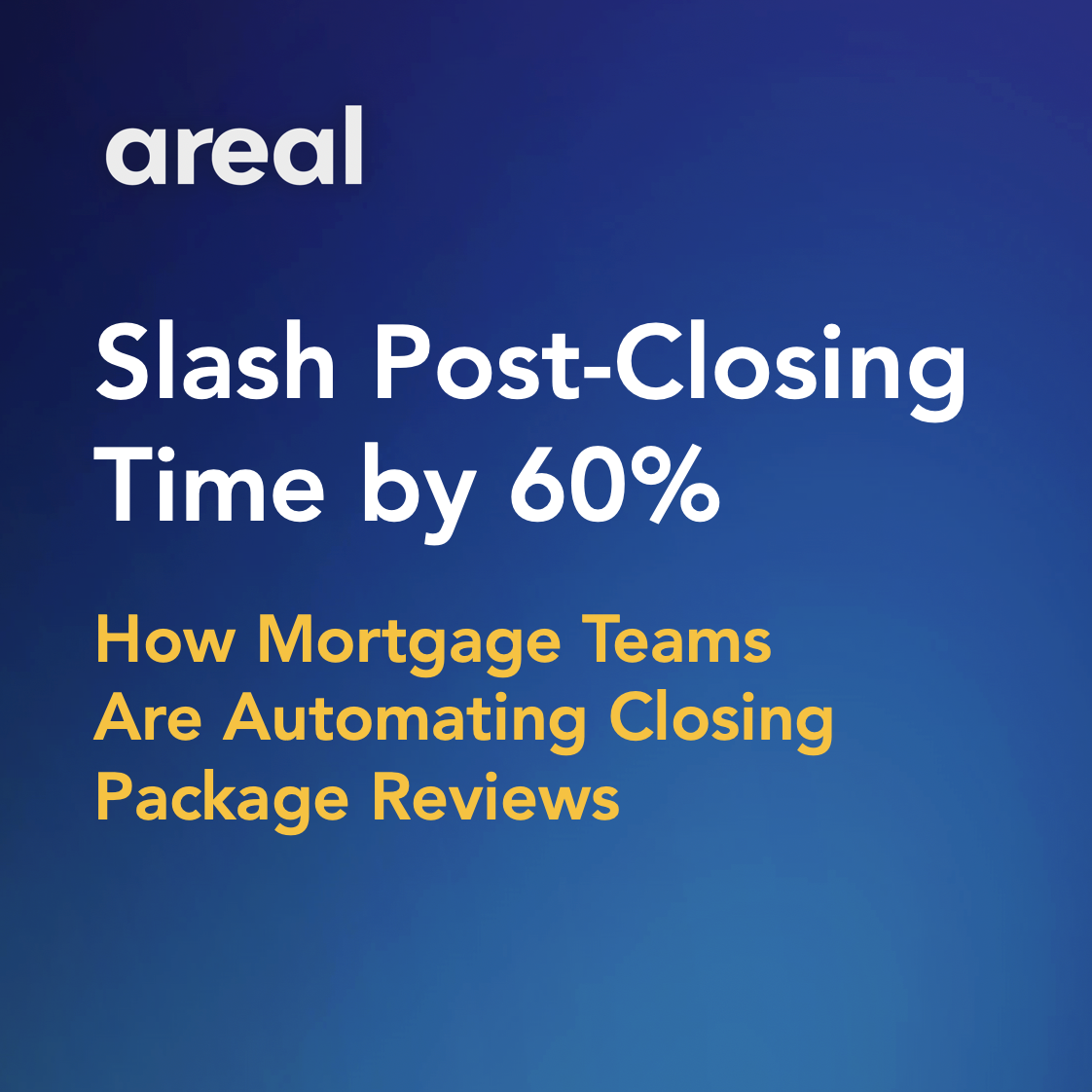This process is essential for understanding the performance, risks, and value of assets, which in turn informs strategic decision-making in areas such as investment strategies, resource allocation, and overall financial planning.
What is Asset Analysis?
At its core, asset analysis is about evaluating an organization's assets to gain insights into their efficiency, productivity, and potential risks. This involves a comprehensive look at both tangible assets (like machinery and buildings) and intangible assets (such as patents, trademarks, and brand value). The primary aim is to ensure that these assets are contributing effectively to the organization's goals and objectives, while also identifying any areas where risks might be reduced or performance improved.
How is Asset Analysis Done?
The process of asset analysis is multifaceted. It begins with asset risk analysis, which assesses the potential risks associated with assets, considering factors like market volatility, regulatory changes, and technological obsolescence. Asset utilization analysis then examines how effectively the organization is using its assets to generate value, looking at metrics such as usage rates, maintenance costs, and return on investment. Net asset value analysis is particularly important for investment companies, as it involves calculating the total value of a portfolio by subtracting liabilities from assets. For businesses focused on short-term health, current asset ratio analysis and current assets analysis provide insights into liquidity and the ability to meet short-term obligations. In this entire process, Asset Document Automation plays a critical role by streamlining the management and retrieval of asset-related documents, thereby enhancing efficiency and accuracy.
What is the Purpose of Asset Analysis?
The overarching purpose of asset analysis is to equip organizations with the knowledge and insights necessary for effective asset management. This involves not just understanding the current state of assets but also forecasting future performance and potential risks. By doing so, organizations can make informed decisions about where to invest resources, how to mitigate risks, and how to optimize the use of their assets to support long-term growth and stability.
What are the Types of Asset Analysis?
Asset Management Analysis: This type of analysis looks at the entire portfolio of an organization's assets, assessing how each contributes to overall business goals and identifying areas for improvement or divestment.
Asset Risk Analysis: Here, the focus is on identifying potential risks to assets, including financial, operational, and strategic risks, and developing strategies to mitigate these risks.
Asset Utilization Analysis: This analysis assesses how efficiently and effectively an organization is using its assets, identifying opportunities to improve utilization and reduce waste.
Net Asset Value Analysis: Essential for investment entities, this analysis calculates the value of a portfolio, providing insights into its performance and guiding investment decisions.
Current Asset Ratio Analysis: This analysis looks at an organization's ability to meet short-term financial obligations, providing a snapshot of its liquidity.
Current Assets Analysis: Going beyond the ratio, this detailed analysis examines the components of current assets, such as cash, inventory, and receivables, to optimize working capital management.
Asset Document Automation: This emerging technology streamlines the documentation process in asset management, enhancing efficiency and accuracy in managing asset-related documents.
What is the Role of AI in Asset Analysis?
The integration of AI in asset analysis marks a significant advancement, bringing automation, enhanced efficiency, and deeper insights. AI technologies, particularly machine learning and predictive analytics, are used to automate the analysis of large data sets, identify patterns and trends, and predict future asset performance. This not only speeds up the analysis process but also increases its accuracy, allowing for more informed decision-making.
How to Do Asset Analysis with AI?
Implementing asset analysis with AI involves several steps. First, it requires the collection and integration of comprehensive data sets related to the assets. AI algorithms then analyze this data, providing predictive insights into asset performance and identifying potential risks and opportunities. This process is particularly effective in asset risk analysis and asset utilization analysis, where AI can quickly process vast amounts of data to provide real-time insights. In net asset value analysis, AI models offer sophisticated and accurate valuation predictions. Additionally, AI enhances current asset ratio analysis by enabling real-time monitoring of financial metrics, crucial for rapid decision-making in dynamic market conditions. Asset Document Automation also benefits from AI, with technologies like Natural Language Processing (NLP) automating the extraction and management of information from asset-related documents.
What are the Advantages of Asset Analysis with AI?
Incorporating AI into asset analysis brings numerous benefits. It significantly enhances efficiency by automating complex and time-consuming tasks. The accuracy of analyses is greatly improved, reducing the likelihood of errors and providing more reliable data for decision-making. AI's predictive capabilities enable proactive risk management, allowing organizations to anticipate and mitigate potential issues before they arise. Additionally, AI-driven asset analysis supports more effective asset utilization, ensuring that resources are used optimally. For investment entities, AI-enhanced net asset value analysis provides more accurate and timely valuations, essential for strategic investment decisions. Finally, Asset Document Automation with AI streamlines document management, reducing manual effort and improving overall workflow efficiency.







